What Customer Engagement Actually Means and How It’s Done
Published on July 18, 2016/Last edited on July 18, 2016/6 min read


Team Braze
Think of marketing as a soccer game. For the first half, your focus is on taking the lead and acquiring as many customers as possible. For the second half, your focus is on keeping the customers you acquired in the first half and turning them into loyal customers and evangelists to win the game. Unfortunately, some marketers don’t show up to play for the second half, which can slow down business growth.
That second half is arguably the most crucial part of your whole marketing strategy. Yes, customer acquisition is important, and without it you wouldn’t have any customers. But you also don’t want to spend so much effort and money on discoverability and customer acquisition only to lose most of your customers early in the customer journey. Put simply, the second half determines your ability to sustain and grow your audience. So how do you keep customers around in the second half and beyond? Customer engagement.
Customer engagement can unlock exponential growth for your company. But what is customer engagement exactly and how is it done? Keep reading to learn what “customer engagement” actually means and how to do it the right way to see results.
Customer Engagement: What It Is and How It’s Done
What customer engagement actually means
In the context of marketing, your relationships with customers usually start at the moment of an app install, signup, or first purchase. For some brands, a customer relationship starts the moment a person visits a site. No matter your approach, those relationships require active nurturing and management to keep customers around. The process of actively building, nurturing, and managing relationships with customers is called customer engagement.
The point of customer engagement is to drive customer loyalty and grow the lifetime value of each customer. It’s about retaining them, and leading them on a journey to loyalty and evangelism. However, this doesn’t happen overnight. It takes a long-term customer engagement strategy to consistently drive customers to complete key actions that impact your business, and it all starts with understanding your customers.
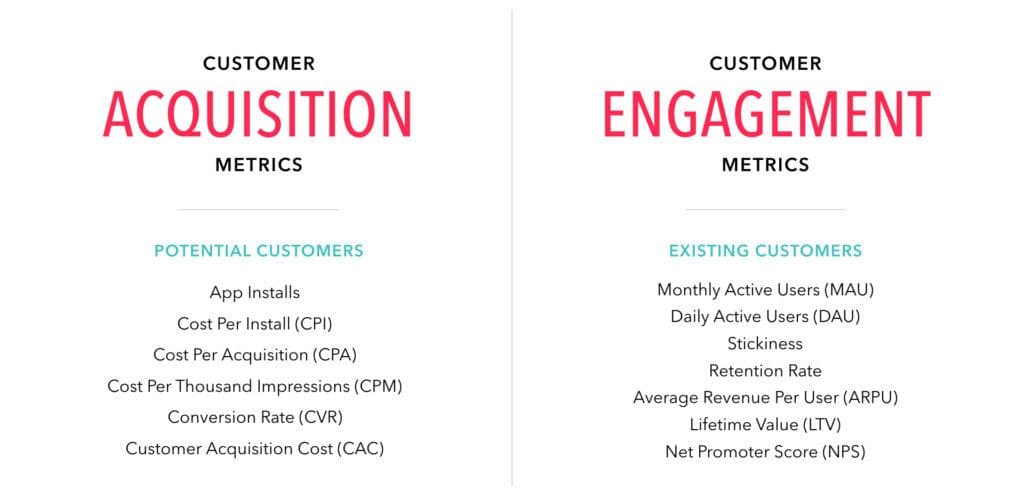
Understand your customers with CRM data
The foundation of your customer engagement strategy is your customer and their behavior, demographics, and interests. If you’ve done your research beforehand and you know exactly the types of people who are using your app or site, kudos to you! However, this stage may take time to master, as you’ll most likely need to figure out how customers use your app or site before developing campaigns to boost engagement. This is when a CRM comes into play.
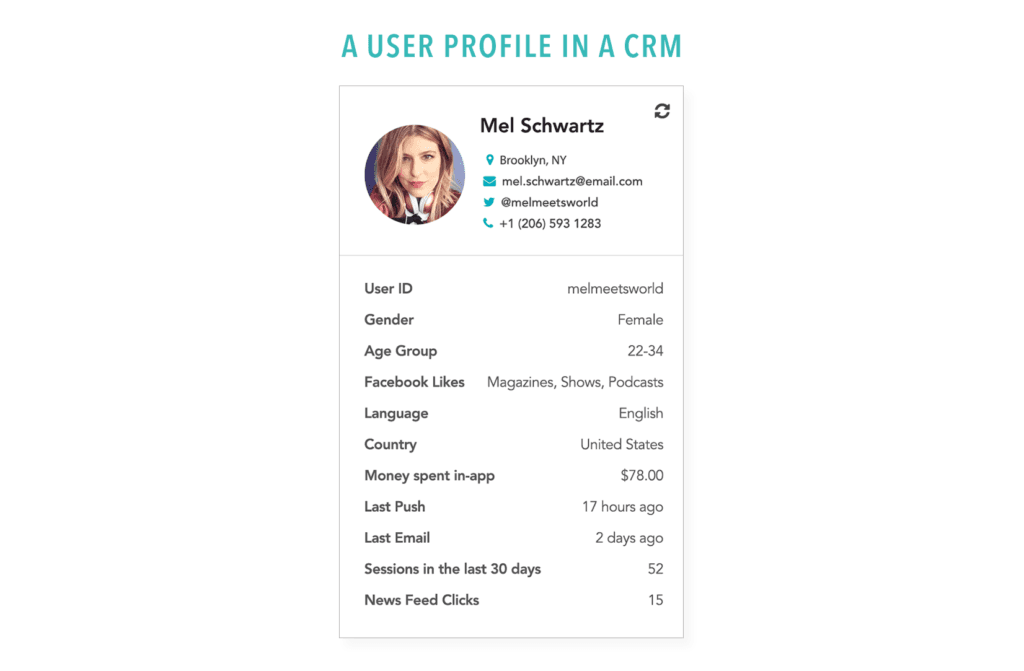
The best way to understand how customers engage with your app or site and dissect their interests is to use a marketing CRM to manage and harness intricate customer details. User profiles in marketing CRMs provide you with important information you need to truly understand your customers and craft relevant marketing messaging. For example, if your customers are able to select their interests (e.g. favorite sports team) during onboarding, that information can be synced into your CRM and leveraged for subsequent engagement campaigns to boost retention.
As you form your customer engagement strategy, customer data provided by a marketing CRM will become increasingly necessary for effective messaging.
Use segmentation to break away from one-size-fits-all marketing approaches
Chances are your customers have very diverse backgrounds, interests, and behaviors. A one-size-fits-all approach to customer engagement may alienate your customers and drive them away from your brand. Modern customer engagement strategies account for customer diversity and use segmentation to make campaigns hyper-targeted and relevant.
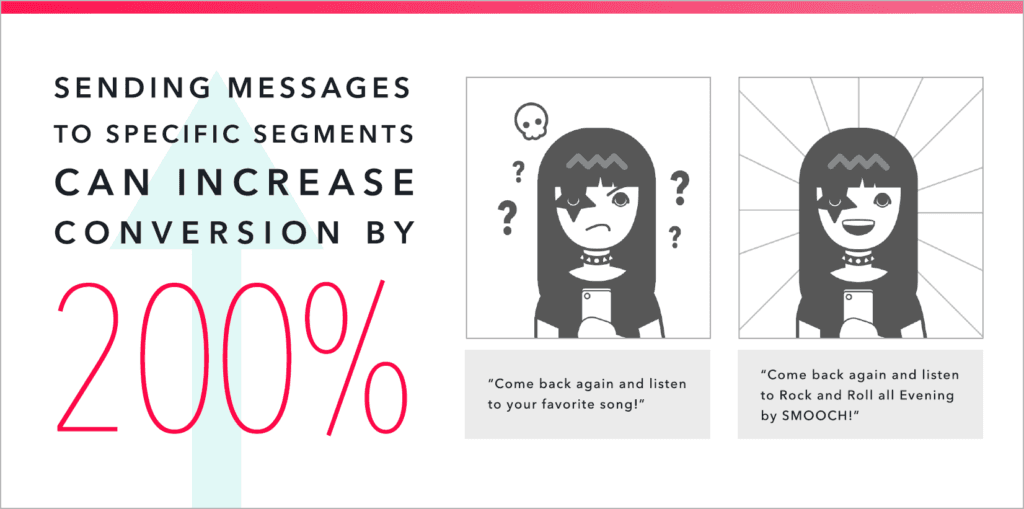
A good starting point is to create five to ten segments based on behaviors and interests that you deem to be important for using your app or site. For example, you might consider creating a segment including new users who haven’t made at least one purchase within the first week. With this segment, you can create messaging to remind them of your brand’s value and encourage them to make a first purchase. On the other hand, for those who have made a purchase within the first week, you might consider surfacing related products to their first purchase to encourage them to make additional purchases in the future.
Segmentation gives you the ability to connect with customers with the right content at the moment and makes your customer engagement strategy a whole lot more effective. Now that you have your segments, you can crank up your messaging using multiple channels for outreach.
Engage customers in the right place with multichannel messaging
Why have just one channel when you can have many? A great way to beef up your customer engagement strategy is to leverage multiple message channels. Brands that send multichannel campaigns with push notifications and a second message in another channel see an 130% increase in two-month retention, compared to just 71% for campaigns with only push notifications.
The reason a multichannel approach to customer engagement is so effective is because consumers are active on multiple devices in multiple channels. Developing a one-channel-only strategy makes your approach one dimensional and too reliant on one channel to do your heavy lifting. With a multichannel approach, you’re able to give your messaging multiple opportunities to succeed and multiple ways to make the case for your brand.
Engage more, retain more
Not surprisingly, customer engagement has a significant impact on customer retention. App retention data that we released in November 2015 showed that 90% of the people who engage weekly for the first month after downloading an app are retained, compared to only 23% of people who don’t engage in the second, third, and fourth week. A new retention report we released in May 2016, looking at Day N retention data, reinforces the importance of consistent engagement. According to the report, more than 75% of app users fail to return the day after first use, on average.
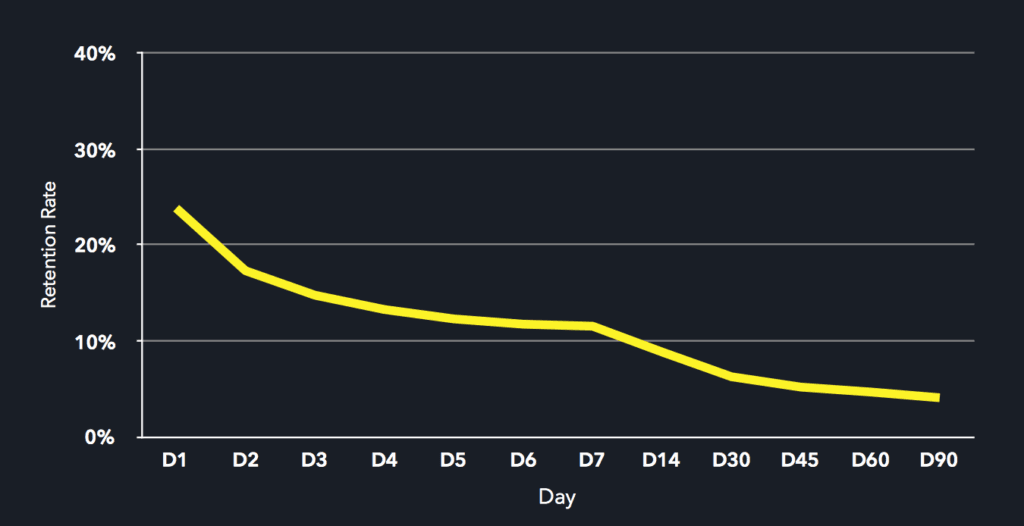
Retaining new app users isn’t easy, with more than 75% of users failing to return the day after first use, on average.
The moral of the story is simple: the longer that a customer goes without engaging with your brand, the less likely they are to be retained. A robust customer engagement strategy that uses customer data as its foundation, is segmented for better personalization, touches multiple messaging channels, and is optimized consistently for scale is the key to driving the customer loyalty that your brand craves.
Be Absolutely Engaging.™
Sign up for regular updates from Braze.
Related Content
View the Blog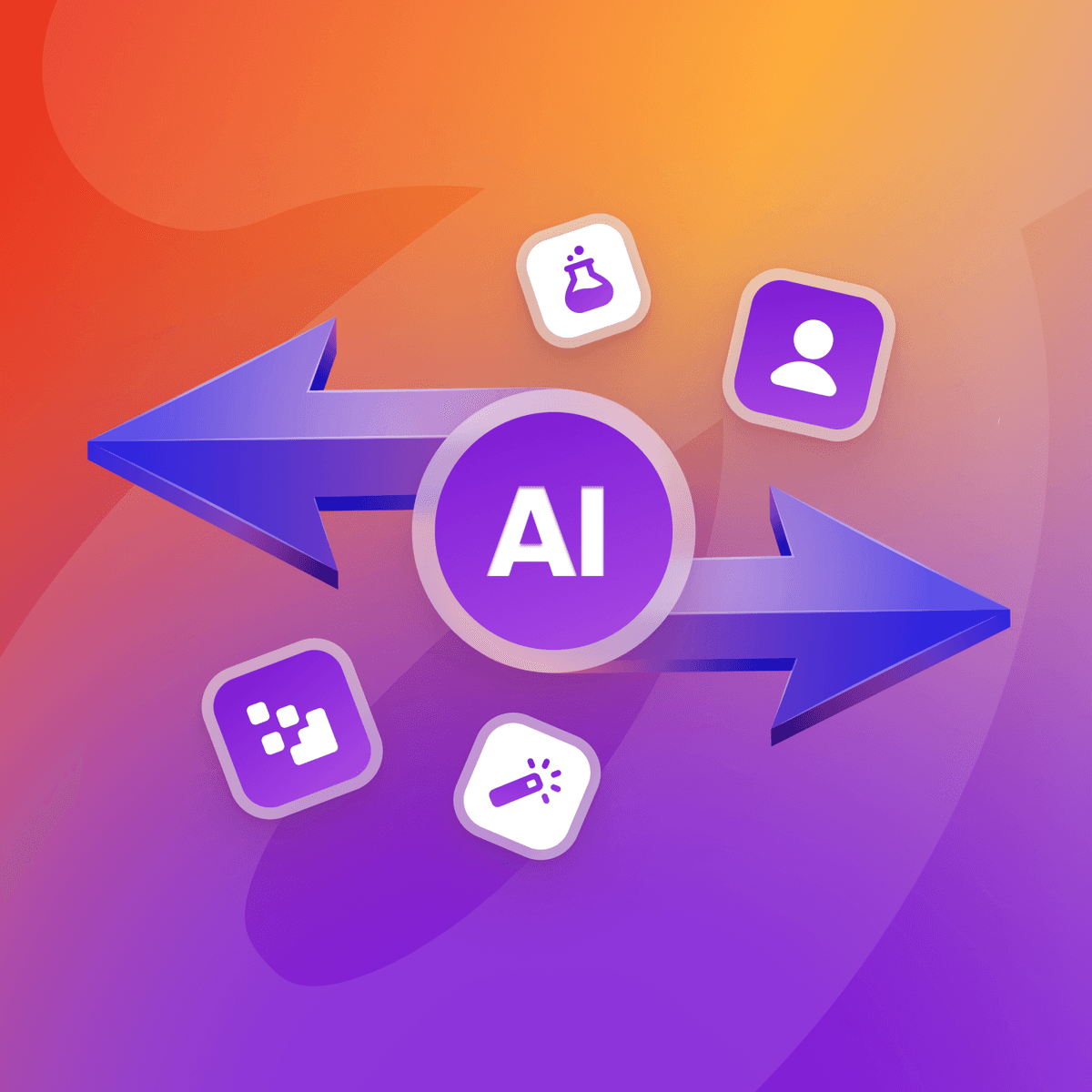
When buffer management goes wrong: Avoiding bias in AI decisioning models

Kipp Johnson

How AI Decisioning Transforms Marketing (A Complete Guide)

Team Braze

AI decisioning cheat sheet: How to crawl/walk/run with BrazeAI Decisioning Studioᵀᴹ
